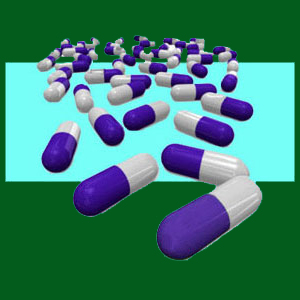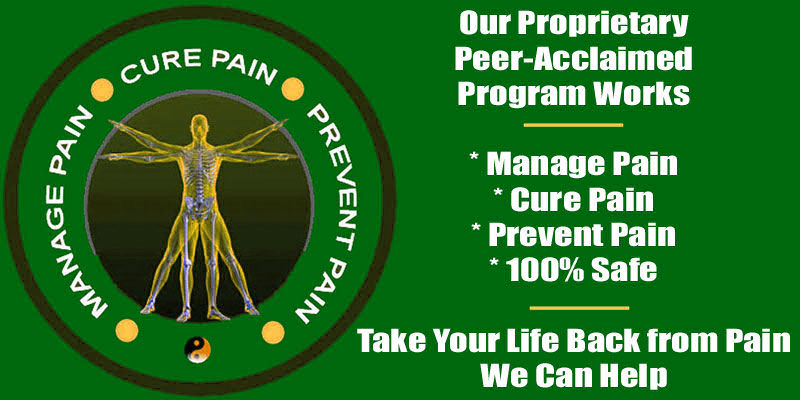
Are there really best drugs for spondylolisthesis in terms of effectiveness? Sure, but all of these products come with significant health risks that should worry any patient who utilizes them. After all, pain is a horrific burden to bear, but the collateral effects of pharmacological substances create actual and irreversible bodily harm that can affect so many of the vital systems of the anatomy. The consequences of extended drug utilization are certainly much more damaging than any type of back pain could ever be.
Drug therapies remain the standard form of treatment for acute and chronic pain. They are definitely effectual and ultra popular with caregivers, since they take all the doctoring out of being a doctor. However, the downsides of pharmaceutical treatment are rarely adequately discussed, so we feel this article can correct this injustice and set patients straight when it comes to the very real and tangible risks of drug treatment of spondylolisthesis.
This vital dissertation investigates the positive and negative sides of the pharmaceutical industry in relation to chronic spondylolisthesis pain. We will provide guidance for patients who need pain management, but are ready to explore outside the box in order to spare their bodies trauma that might lead to disability or death.
Best Pain Drugs for Spondylolisthesis
Pain medications are virtually all opioid classified substances that contain one or more primary powerful analgesic substances, sometimes combined with slightly less powerful and hazardous secondary medications. Some of the more common primary pain medications include such drugs as codeine, morphine, hydrocodone, oxycodone and tramadol. Secondary pain medications that are often mixed into these compounds include acetaminophen, ibuprofen and aspirin.
There is no doubt that these drugs work well, as they are designed to prevent the body from feeling pain. However, the primary ingredients in all of these medications are highly controlled substances and even the OTC ingredients that are commonly mixed in should be carefully monitored due to many reasons.
Pain medications are some of the most dangerous drugs both due to their mechanisms of action, collateral side effects on many bodily systems and the strong possibility for addiction that is inherent to their use. Additionally, since the body can become tolerant to the positive effects of most pain medications, patients will generally require ever-growing doses, which places them at additional risk for all of the negative effects associated with these drugs.
Other Drugs for Spondylolisthesis
Besides medications that are primarily designed as analgesics, there are many other drugs common prescribed for treating the symptoms of pathological listhesis. Some of these drugs are anti-inflammatory agents (often with analgesic properties, as well), such as naproxen and various NSAIDS. Others are anti-spasmodic agents and muscle relaxants, such as metaxalone, carisoprodol and cyclobenzaprine. We have seen a dramatic increase in the role of psychoactive drugs that were traditionally used to treat various mental, psychological and cognitive disorders, including a wide range of SSRI drugs and other types of anti-depressants. These are routinely prescribed for chronic pain patients.
The trend towards off-label use of many prescription medications worries us more than ever, since although patients might feel better, we are 100% sure that the consequences they are suffering are far worse than the benefits obtained. Unfortunately, since most of these negative effects are not obviously immediate to patients, they develop psychological and physical dependency on these substances long before they recognize the precarious positions they have gotten themselves into with daily use of toxic chemicals.
Best Drugs for Spondylolisthesis Summary
Drugs are dangerous. We do not make ANY differentiation between the risks of prescription drugs versus the risk of illicit drugs. We see neither category as being inherently worse than the other. In fact, although prescription drugs are obtained legally and from a “qualified healthcare provider”, they are responsible for far more deaths each year than illicit drugs. If this does not scare you, then you really need to read the above sentence over and over until the fear sinks in…
Symptomatic spondylolisthesis is a chronic health issue that is not going to magically resolve from taking a handful of pills each day. Treatment for pain and related symptoms must continue indefinitely, as long as symptom-based care is selected instead of curative surgical care. Since drugs are used over long timelines, patients will suffer detrimental health consequences that might create much more sinister problems that the vertebral migration. However, as noted previously, the risks of these drugs are rarely discussed seriously with care providers, which is something we want desperately to change.
As a final note, we can honestly say that one of the most common types of correspondence that we receive from readers over the past 15 years and more is the warning to fellow back pain patients about the dangers of drugs. We have received tens of thousands of these letters, emails and messages on social media detailing how innocent people have suffered organ damage, blood poisoning and even death as direct results of the proper and indicated use of pain medications that were prescribed by their doctors.
Spondylolisthesis > Spondylolisthesis Treatment > Best Drugs for Spondylolisthesis



